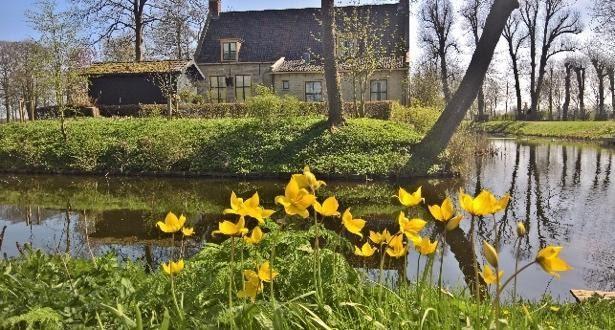
Tulipa sylvestris is a small yellow-flowered tulip commonly called the wild tulip (bostulp in Dutch). Despite its name, this species is not native in N. Europe, but was introduced during the 16th century from the Mediterranean. The taxonomy of the wild tulip is complicated, and guest researcher Anastasia Stefanaki will tell you why.
Taxonomy of tulips is challenging. The latest inclusion of numerous species in T. sylvestris has resulted to a morphologically variable and widely distributed species, extending from Mediterranean to Central Asia. Three subspecies are provisionally accepted (sylvestris, australis, primulina), but this distinction is potentially problematic as morphologically intermediate plants occur. Subsp. sylvestris is generally accepted as the tetraploid form of subsp. australis. Triploid plants are also known.
During the 16th century, T. sylvestris was introduced, possibly from France or Italy, to NW Europe and became widely naturalized. In the Netherlands, it is mostly found in old gardens and estates, as a characteristic example of the so-called ‘stinzenplanten’.
Colloquium talk by Anastasia Stefanaki
Thursday June 10 2021, 16:00